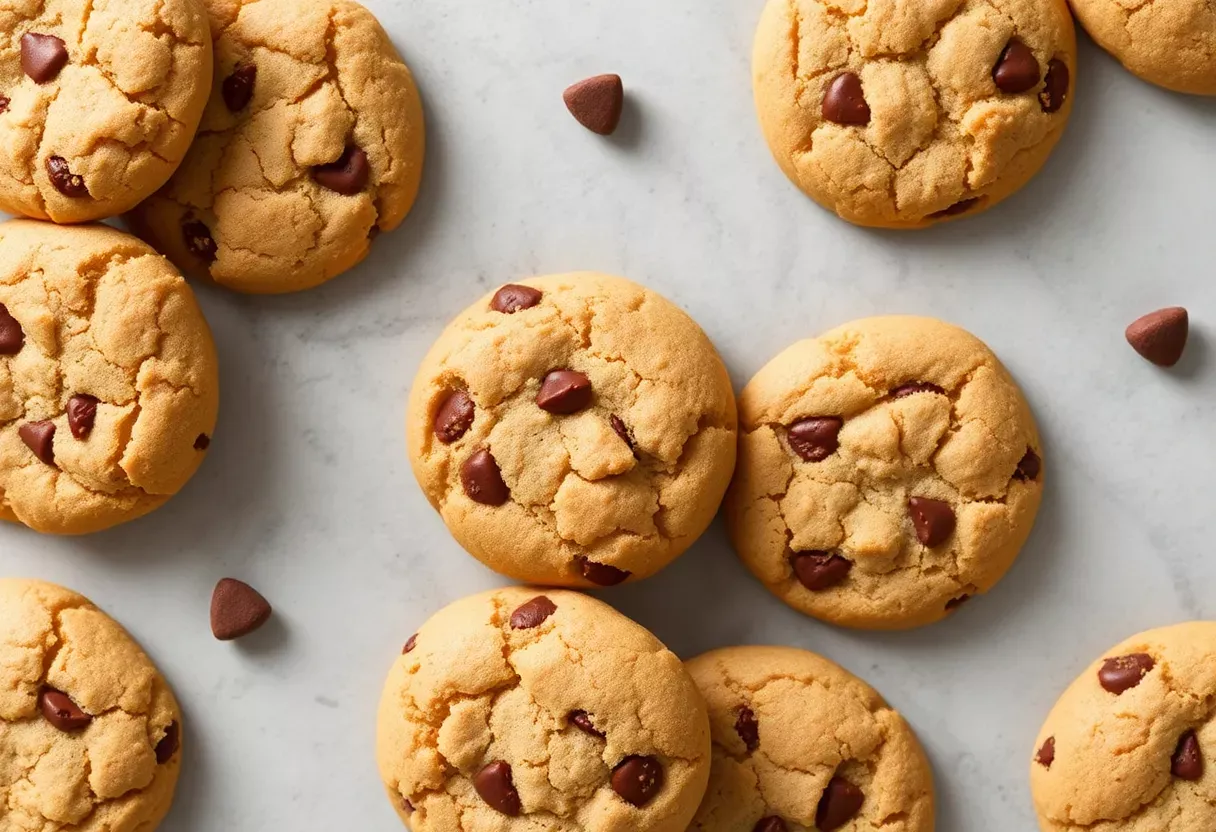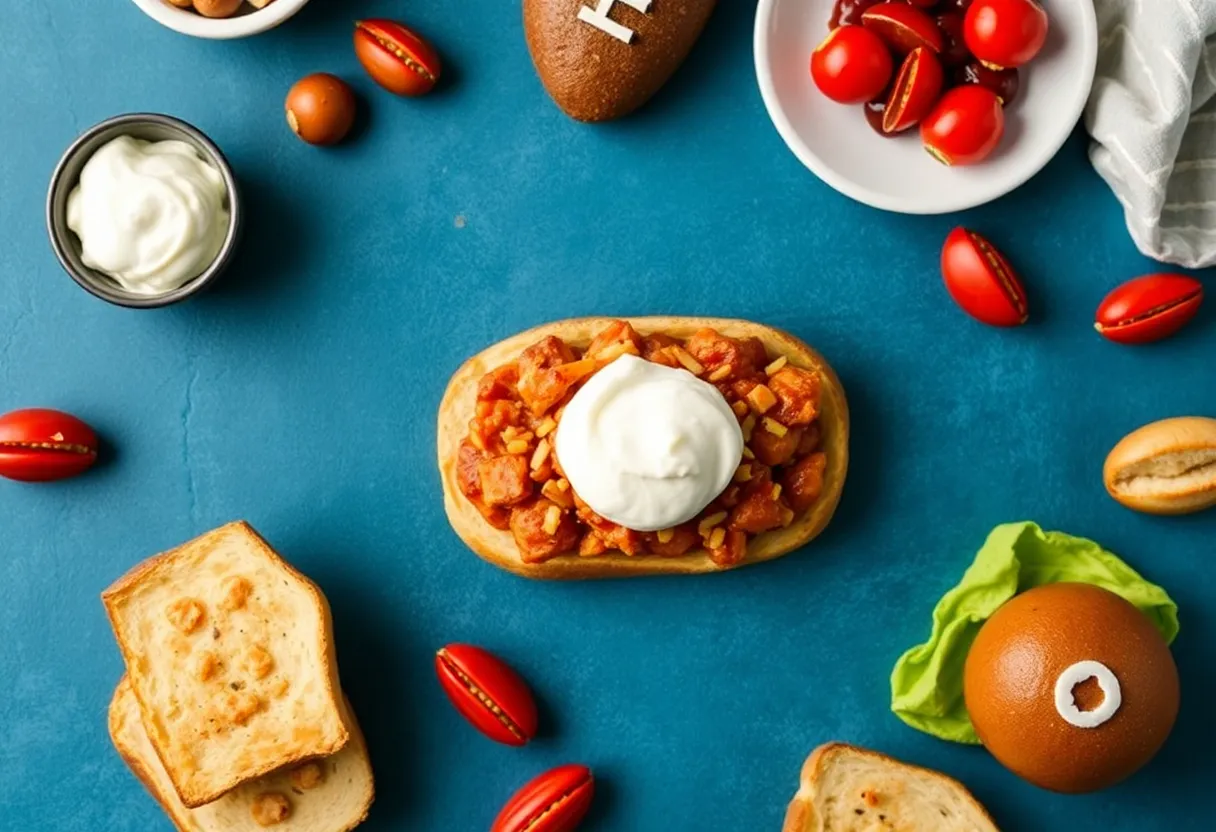You’ve got a jar of gluten-free sourdough discard sitting in your fridge, mocking you. Toss it? Never.
That discard is liquid gold—packed with flavor, potential, and the power to transform your baking game. Imagine turning what most people dump into the trash into crispy crackers, fluffy pancakes, or even chewy cookies. Sounds like wizardry?
It’s not. It’s just smart baking.
Gluten-free sourdough discard recipes are the ultimate hack for zero-waste kitchens. They’re easy, versatile, and taste like you spent hours slaving over them (spoiler: you didn’t).
Ready to upgrade your discard from sad leftovers to star ingredient? Let’s go.
What Makes This Recipe So Good
Gluten-free sourdough discard recipes are the underdogs of baking. They take something most people ignore and turn it into something incredible.
The natural fermentation adds depth of flavor, a subtle tang, and a texture that’s hard to replicate with standard gluten-free flours.
Plus, these recipes are forgiving. No need to baby your dough or stress over precise measurements. Discard recipes are the chill, laid-back cousin of high-maintenance baking projects.
And because they’re gluten-free, they’re accessible to almost everyone—no gluten, no problem.
Ingredients
Here’s what you’ll need for a basic gluten-free sourdough discard cracker recipe (because crackers are the gateway drug of discard baking):
- 1 cup gluten-free sourdough discard (the star of the show)
- 1/4 cup olive oil or melted butter (for richness and crispiness)
- 1/2 cup gluten-free flour blend (whatever you’ve got works)
- 1/2 tsp salt (or more, because life’s too bland without it)
- 1 tsp herbs or spices (rosemary, garlic powder, or paprika for drama)
Step-by-Step Instructions
- Preheat your oven to 350°F (175°C). No one likes a cold oven playing hard to get.
- Mix all ingredients in a bowl. Stir until it forms a thick, slightly sticky dough. If it’s too wet, add a bit more flour. Too dry?
A splash of water fixes everything.
- Roll it out thin. Place the dough between two sheets of parchment paper and roll until it’s about 1/8-inch thick. Pretend you’re a baker on a cooking show—confidence is key.
- Cut into squares or shapes. Use a pizza cutter for efficiency or cookie cutters for flair. Bonus points if you make them vaguely resemble famous landmarks.
- Bake for 15–20 minutes. Until golden and crispy.
If they burn, just call them “artisanal.”
- Cool completely. Patience is a virtue, but if you eat one hot and burn your tongue, we’ve all been there.
Storage Instructions
Store your gluten-free sourdough discard crackers in an airtight container at room temperature. They’ll stay crispy for up to a week—if they last that long. For longer storage, freeze them and reheat in the oven for a few minutes to bring back the crunch.
Pro tip: Hide them from your family if you want any chance of them surviving past day two.
Benefits of the Recipe
Why bother with gluten-free sourdough discard recipes?
Let us count the ways:
- Zero waste: That discard isn’t trash—it’s treasure.
- Better flavor: Fermentation adds complexity you can’t get from plain flour.
- Health perks: Easier digestion and potential gut health benefits. Science says so.
- Versatility: Crackers, pancakes, muffins—discard does it all.
Common Mistakes to Avoid
Even easy recipes have pitfalls. Here’s how to dodge them:
- Using super wet discard: If your discard looks like soup, adjust with extra flour.
- Overbaking: Golden is good.
Charcoal is not.
- Skipping the parchment paper: Stuck crackers are a tragedy. Don’t let it happen to you.
- Forgetting to season: Bland crackers are a crime against taste buds.
Alternatives
Not feeling crackers? Swap the recipe up:
- Pancakes: Add an egg and a dash of sweetener to the discard, then cook like regular pancakes.
- Flatbread: Roll thicker, bake less, and top with your favorite spreads.
- Cookies: Mix in sugar, chocolate chips, and an egg for chewy discard cookies.
FAQ
Can I use regular sourdough discard instead of gluten-free?
Nope.
Regular discard contains gluten, which defeats the purpose here. Stick to gluten-free starter unless you want a gluten-filled surprise.
How do I know if my discard is still good?
If it smells like vinegar or nail polish remover, it’s probably too far gone. Fresh discard should have a mild tang, not a chemical warfare vibe.
Can I freeze the discard for later?
Absolutely.
Freeze it in an airtight container for up to 3 months. Thaw in the fridge before using.
Why are my crackers not crispy?
You likely didn’t roll them thin enough or underbaked them. Thin and crispy is the goal—no one wants a soggy cracker.
Final Thoughts
Gluten-free sourdough discard recipes are the ultimate kitchen flex.
They turn “waste” into something delicious, impress your friends, and make you feel like a baking genius. Plus, they’re stupidly easy. So next time you’re about to toss that discard, stop.
Your future self (and your taste buds) will thank you.






